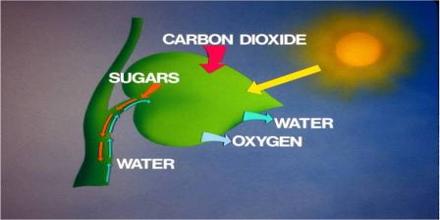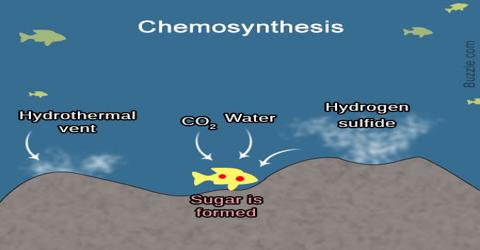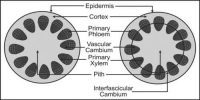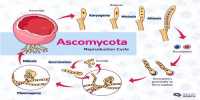Chemosynthesis: Few algae and bacteria can prepare carbohydrate without sunlight. Thus, this process of production of carbohydrate without the use of sun light is said to be chemosynthesis.
The chemosynthesis occurs in these types of plants with the help of the energy released from ammonia and hydrogen sulphide. Oxygen is not evolved in this process.
12H2S + 6CO2 → C6H12O6 (=carbohydrate) + 6H2O + 12S

instead of releasing oxygen gas as in photosynthesis, the process produces solid globules of sulfur. In bacteria capable of chemosynthesis, such as purple sulfur bacteria, yellow globules of sulfur are present and visible in the cytoplasm. Chemosynthetic bacterial communities have been found in hot springs on land and on the seafloor around hydrothermal vents, cold seeps, whale carcasses, and sunken ships.














